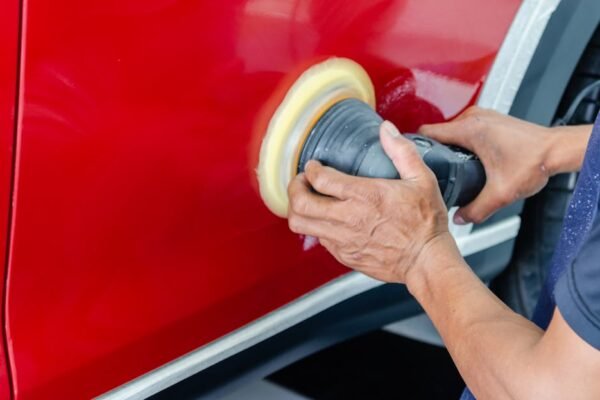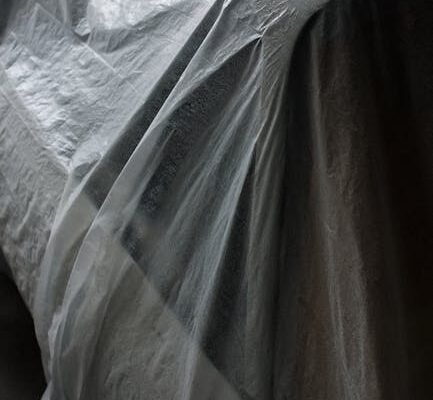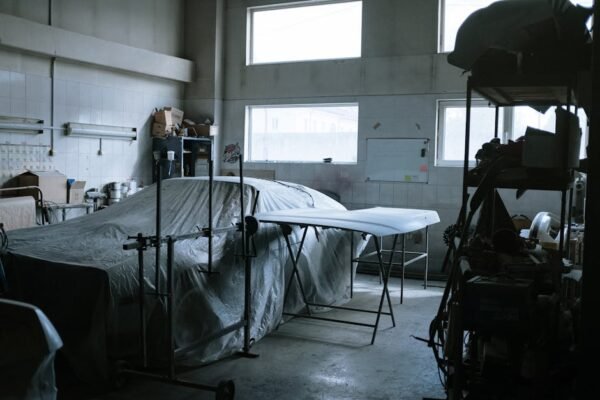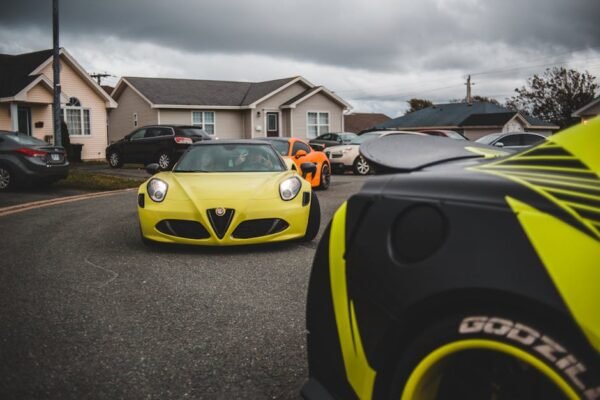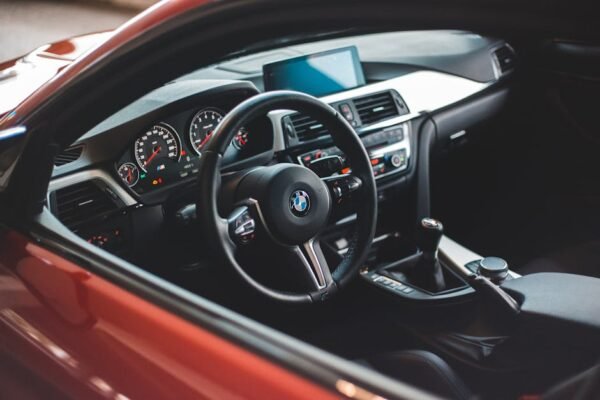Introduction to Honda CX500
{“type”:”img1″,”src”:”http://roadrevamp.com/wp-content/uploads/2024/03/fileUpload-395.jpg”,”alt”:”classic motorcycle”}The Honda CX500 is a classic motorcycle that has captured the hearts of enthusiasts around the world. Known for its distinctive design, reliability, and performance, the CX500 has become a favorite among collectors and riders alike. However, finding parts and spares for this vintage bike can be a daunting task. This article aims to provide valuable insights into sourcing the best parts for maintaining or restoring your Honda CX500.
Manufactured between 1978 and 1983, the Honda CX500 broke new ground in motorcycle engineering with its water-cooled, V-twin engine and shaft drive. Its futuristic design and technological advancements made it a bike ahead of its time. Despite its age, the CX500's innovative features continue to make it a desirable motorcycle for enthusiasts.
One of the unique challenges of owning a vintage motorcycle like the CX500 is sourcing high-quality parts and spares. Whether you're restoring a bike to its former glory or keeping one running smoothly, the hunt for the right parts is critical. This guide will explore various avenues through which you can find suitable components, from online marketplaces to specialized dealers.
Understanding the importance of using high-quality parts cannot be overstated. Not only do they ensure the longevity and performance of your motorcycle, but they also contribute to safety. Therefore, it's crucial to approach the search for Honda CX500 parts and spares with diligence and care.
Essential Honda CX500 Parts
When it comes to maintaining or restoring a Honda CX500, certain parts are crucial for its operation. Engine components, such as gaskets, seals, and bearings, are at the top of the list, ensuring the heart of your motorcycle functions as intended. Additionally, fuel system parts, including carburetors and fuel filters, are essential for optimal performance.
Suspension and brake components are also critical for safety and comfort. Replacing worn shocks, brake pads, and disks will not only improve your riding experience but also enhance safety. Electrical parts, like ignition coils, spark plugs, and batteries, are responsible for reliable starts and overall electrical system performance.
Body parts, such as fenders, tanks, and seats, are key to the motorcycle's aesthetics as well as functionality. Finding parts that fit correctly and match the original design can be particularly challenging but is vital for a successful restoration. Lastly, exhaust components play a significant role in the motorcycle's performance and sound, and sourcing high-quality replacements is crucial.
It's important to prioritize the search for OEM (Original Equipment Manufacturer) parts or high-quality aftermarket alternatives that offer compatibility and reliability. Knowing the specifications and requirements for each part will make the search more efficient and fruitful.
Where to Find Honda CX500 Parts and Spares
{“type”:”img1″,”src”:”http://roadrevamp.com/wp-content/uploads/2024/03/fileUpload-398.jpg”,”alt”:”motorcycle parts”}Finding parts for a classic motorcycle like the Honda CX500 requires exploring various sources. Online marketplaces such as eBay and specialized motorcycle parts websites are excellent starting points. These platforms offer a wide range of options, from new old stock (NOS) parts to used and aftermarket components.
Joining Honda CX500 forums and social media groups can also be incredibly beneficial. These communities are a treasure trove of information, and members often sell or trade parts. Networking with fellow enthusiasts can lead to discovering rare parts and gaining invaluable advice.
Classic motorcycle shows and swap meets are another avenue worth exploring. These events not only offer the opportunity to find parts but also to connect with suppliers and experts in vintage motorcycle restoration. Building relationships with reputable dealers who specialize in classic Honda motorcycles can provide access to quality parts and expert guidance.
Contacting salvage yards that specialize in motorcycles can be a surprisingly effective method for finding parts. Salvage yards often have a variety of bikes and parts that can be repurposed or adapted to fit your CX500. It's a sustainable approach that can yield hard-to-find parts.
Maintaining Your Honda CX500
Maintaining a vintage motorcycle such as the Honda CX500 involves regular attention and care. Routine maintenance tasks, such as oil changes, chain adjustments, and brake inspections, are essential for keeping the bike in good condition. Being proactive about maintenance can prevent major issues and preserve the bike's value and performance.
Keeping a detailed maintenance log can be highly beneficial. Recording each service, part replacement, and adjustment provides a valuable history of the bike's upkeep, which is useful for troubleshooting and future maintenance planning.
When replacing parts, it's important to use the correct tools and follow the manufacturer's guidelines. Patience and attention to detail are key, especially when dealing with vintage components that may require special handling.
Lastly, preserving the bike's appearance is important for enthusiasts. Regular cleaning, rust prevention, and protective coatings can keep the Honda CX500 looking its best. Using high-quality cleaning products and materials designed for classic motorcycles is advisable.
Conclusion
The Honda CX500 is a remarkable motorcycle that has stood the test of time thanks to its innovative design and reliable performance. Finding the right parts and spares is essential for maintaining, restoring, and enjoying this classic bike. By exploring various sources, prioritizing quality, and approaching maintenance with diligence, owners can ensure their Honda CX500 continues to bring joy and excitement on the road.
Embracing the journey of owning a vintage bike like the CX500 can be incredibly rewarding. The sense of community, challenges of sourcing parts, and satisfaction of preserving motorcycle history make it a unique and fulfilling experience.

